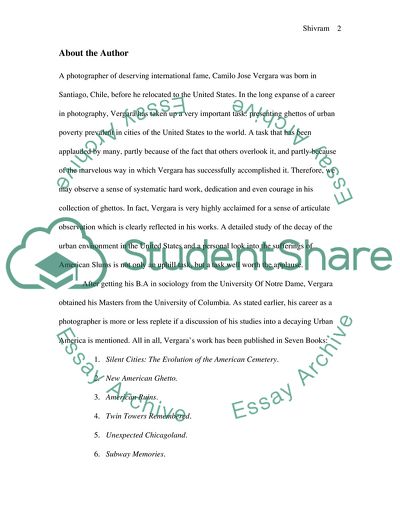Cite this document
(Analysis of Camilo Jose Vergaras Award-Winning: The New American Case Study, n.d.)
Analysis of Camilo Jose Vergaras Award-Winning: The New American Case Study. https://studentshare.org/visual-arts-film-studies/1706747-see-directions
Analysis of Camilo Jose Vergaras Award-Winning: The New American Case Study. https://studentshare.org/visual-arts-film-studies/1706747-see-directions
(Analysis of Camilo Jose Vergaras Award-Winning: The New American Case Study)
Analysis of Camilo Jose Vergaras Award-Winning: The New American Case Study. https://studentshare.org/visual-arts-film-studies/1706747-see-directions.
Analysis of Camilo Jose Vergaras Award-Winning: The New American Case Study. https://studentshare.org/visual-arts-film-studies/1706747-see-directions.
“Analysis of Camilo Jose Vergaras Award-Winning: The New American Case Study”. https://studentshare.org/visual-arts-film-studies/1706747-see-directions.


